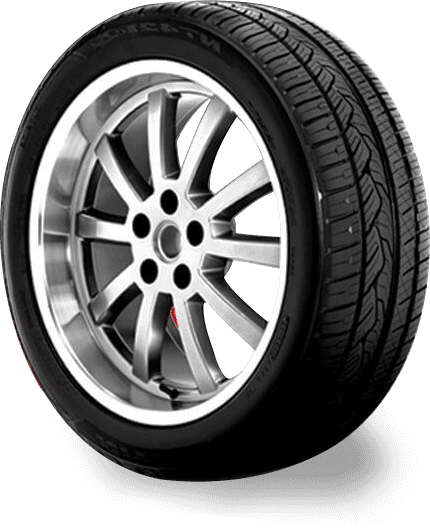
Aug . 03, 2024 02:25
Back to list
Understanding the Importance and Functionality of Safety Relief Valves in Industrial Applications
Safety Relief Valves Ensuring Industrial Safety and Efficiency
Safety relief valves (SRVs) are critical devices in industrial applications aimed at preventing excessive pressure buildup in vessels and piping systems. These valves serve as a safety mechanism, protecting equipment, personnel, and the environment from the risks associated with overpressure conditions. Understanding their design, operation, and importance is essential for anyone involved in the management and operation of pressure systems.
Function and Design of Safety Relief Valves
Safety relief valves are designed to automatically release excess pressure when it exceeds a predetermined limit. This limit is determined during the design phase and is based on the system's specifications and safety standards. When pressure within a vessel reaches the set point, the valve opens, allowing vapor or liquid to escape, thereby reducing the pressure back to safer levels. Once the pressure falls below the set threshold, the valve closes, ensuring the system remains sealed.
The construction of an SRV typically involves a valve body, a spring mechanism, and a disc or diaphragm that opens and closes in response to pressure changes. Different types of relief valves exist, including spring-loaded and pilot-operated valves, each serving specific applications based on the system's requirements. The choice of valve type, size, and material is critical to ensure reliability and operational efficiency.
Importance of Safety Relief Valves
The significance of safety relief valves cannot be overstated
. In industrial settings—such as chemical plants, oil refineries, power generation facilities, and food processing plants—high-pressure systems are commonplace. If these systems were to operate without SRVs, the risks of catastrophic failures, explosions, and environmental disasters would increase dramatically. Historical incidents, such as the 1986 Chernobyl disaster and various chemical plant explosions, have underscored the necessity of such safety devices in maintaining operational integrity and safeguarding human life.safety relief valve

Additionally, safety relief valves contribute to compliance with regulatory standards. Agencies like the Occupational Safety and Health Administration (OSHA) and the American Society of Mechanical Engineers (ASME) establish guidelines dictating the use and maintenance of SRVs. Adhering to these regulations not only protects workers but also enhances the credibility and reputation of an organization in the industry.
Maintenance and Testing
To ensure their reliable operation, safety relief valves require regular maintenance and testing. Over time, valve components can degrade due to wear, corrosion, or the effects of high-pressure operation. Implementing a routine inspection schedule helps identify potential issues before they lead to valve failure.
Testing methods vary, but pressure testing is one of the most common approaches. Through controlled pressurization, facilities can gauge a valve's response and ascertain whether it opens and closes at the appropriate pressures. Organizations often document these tests to demonstrate compliance with industry standards and maintain accurate maintenance records.
Conclusion
Safety relief valves are indispensable in the realm of industrial safety, operating silently yet effectively to avert disasters stemming from overpressure situations. Their proper selection, installation, and maintenance are crucial to safeguarding industrial operations and protecting lives. As industries continue to evolve and pressures increase, the role of safety relief valves will remain pivotal in fostering a secure working environment. Investing in the right technology, adhering to best practices, and prioritizing regular maintenance will ensure that safety relief valves function optimally, providing peace of mind and promoting sustainability in the industrial sector.
Latest news
-
Safety Valve Spring-Loaded Design Overpressure ProtectionNewsJul.25,2025
-
Precision Voltage Regulator AC5 Accuracy Grade PerformanceNewsJul.25,2025
-
Natural Gas Pressure Regulating Skid Industrial Pipeline ApplicationsNewsJul.25,2025
-
Natural Gas Filter Stainless Steel Mesh Element DesignNewsJul.25,2025
-
Gas Pressure Regulator Valve Direct-Acting Spring-Loaded DesignNewsJul.25,2025
-
Decompression Equipment Multi-Stage Heat Exchange System DesignNewsJul.25,2025

